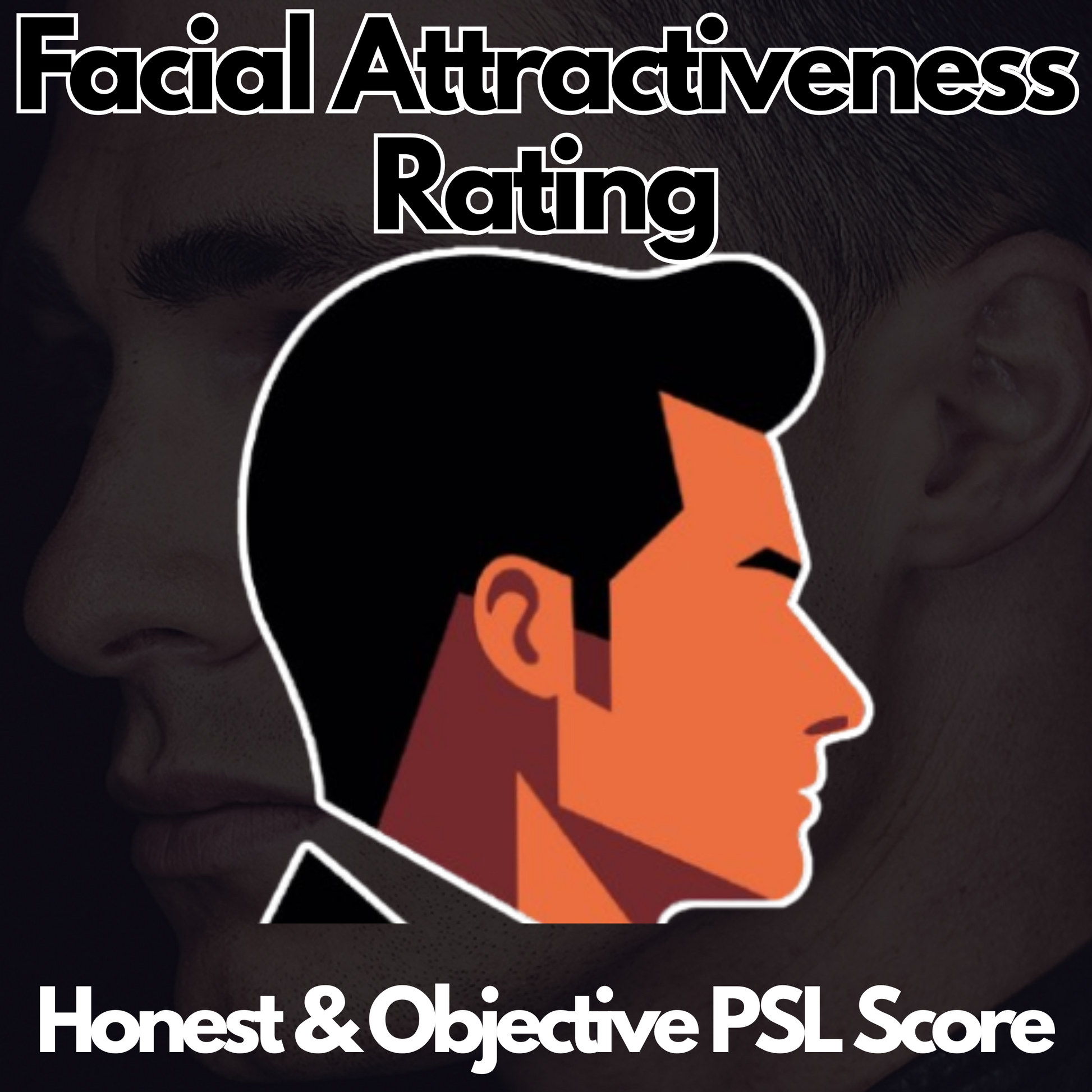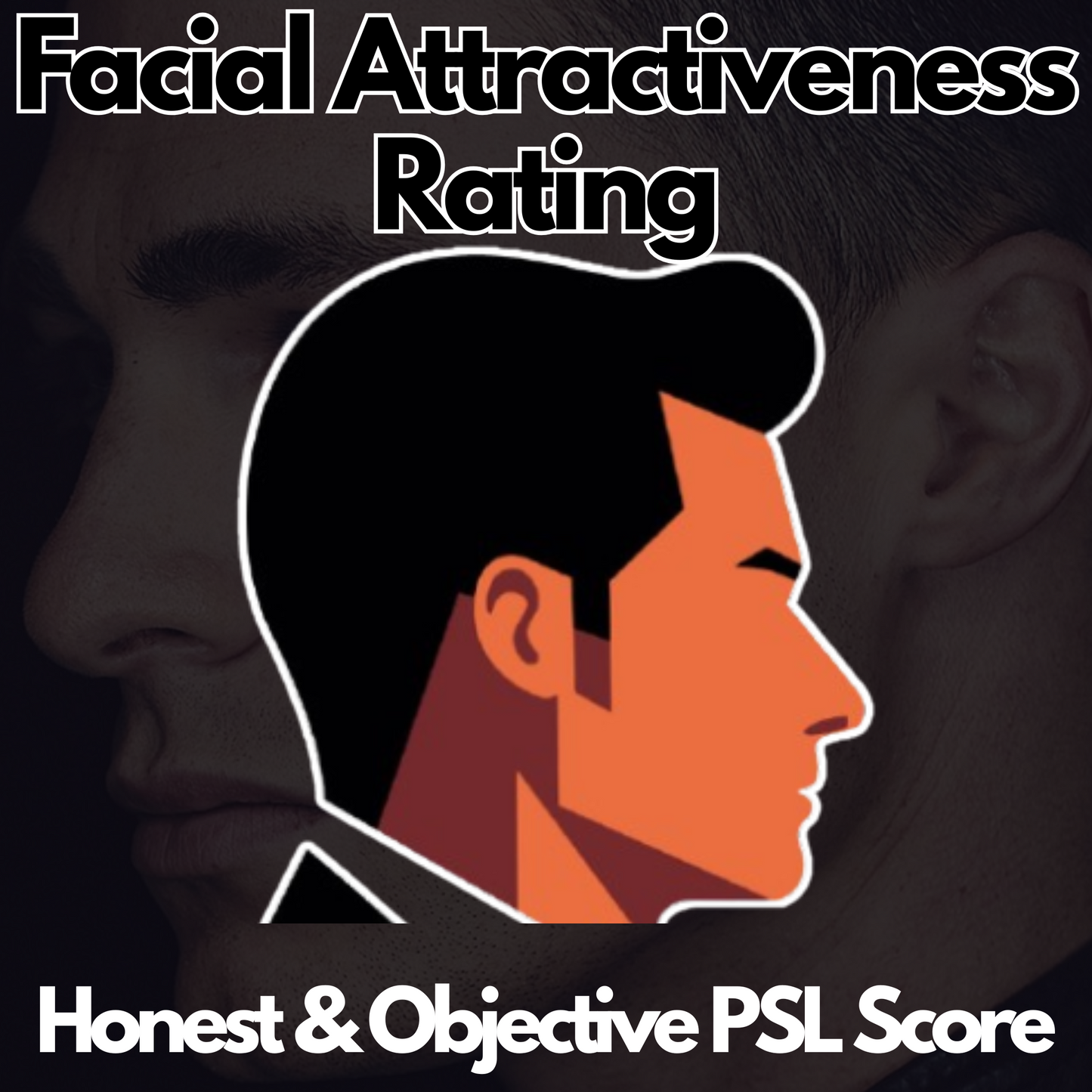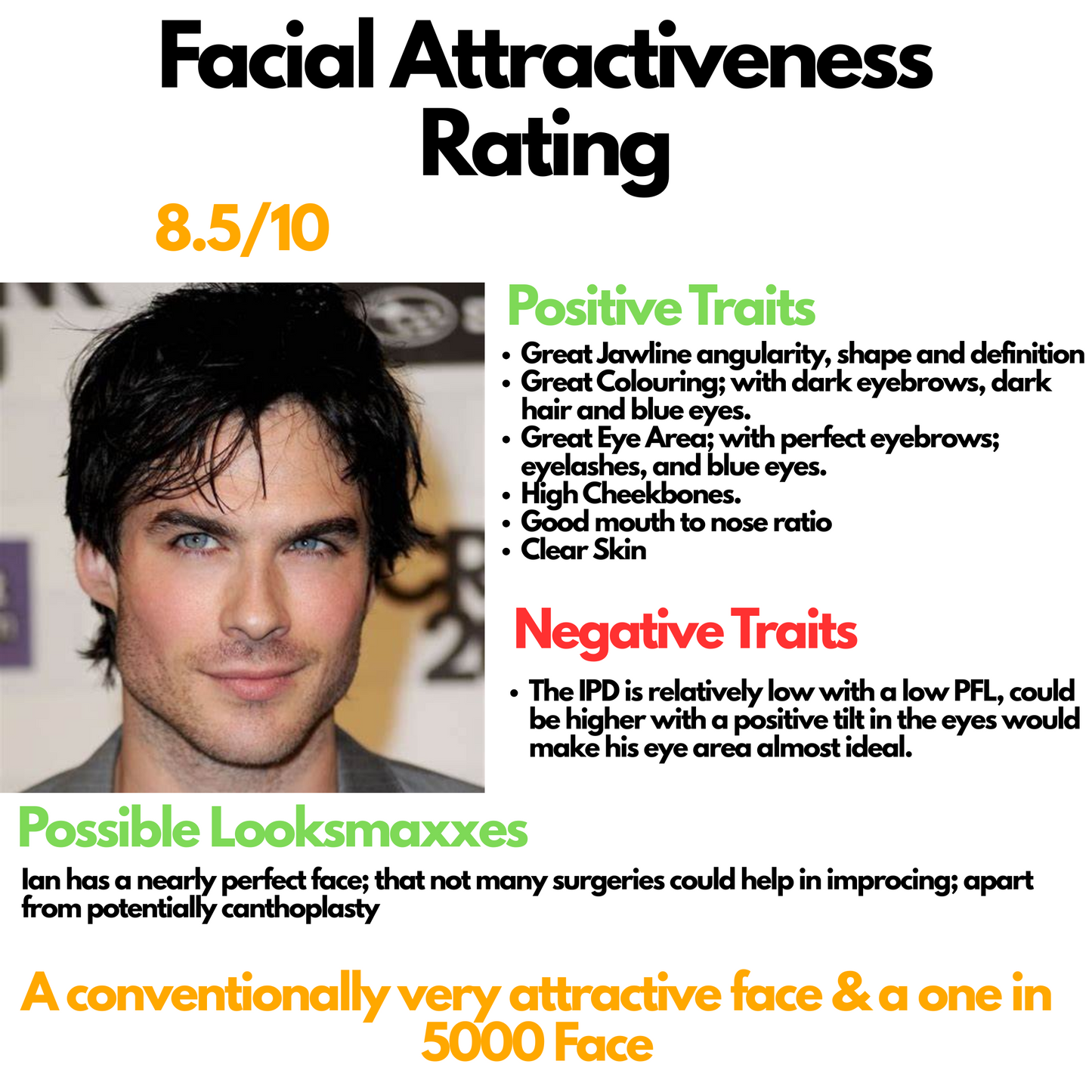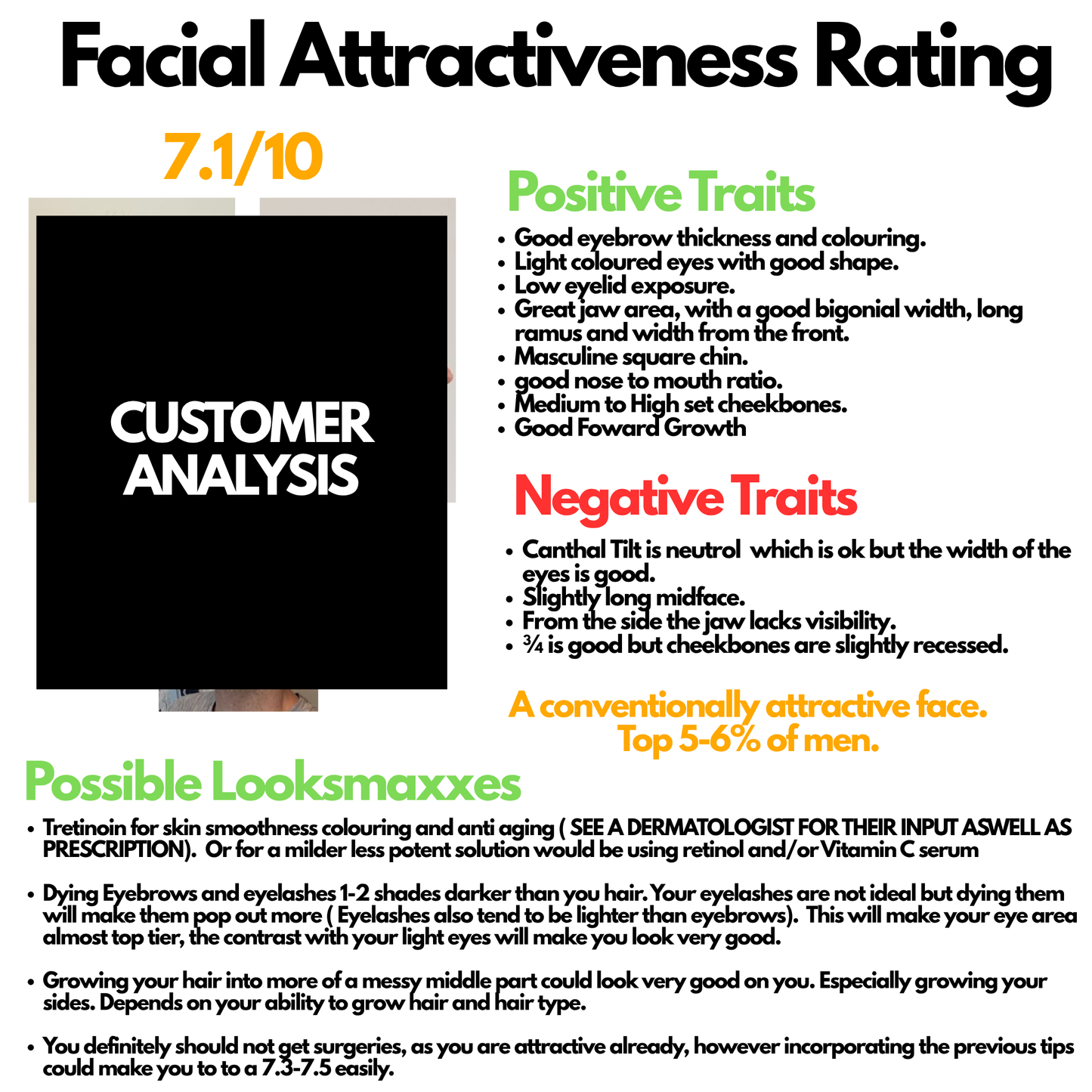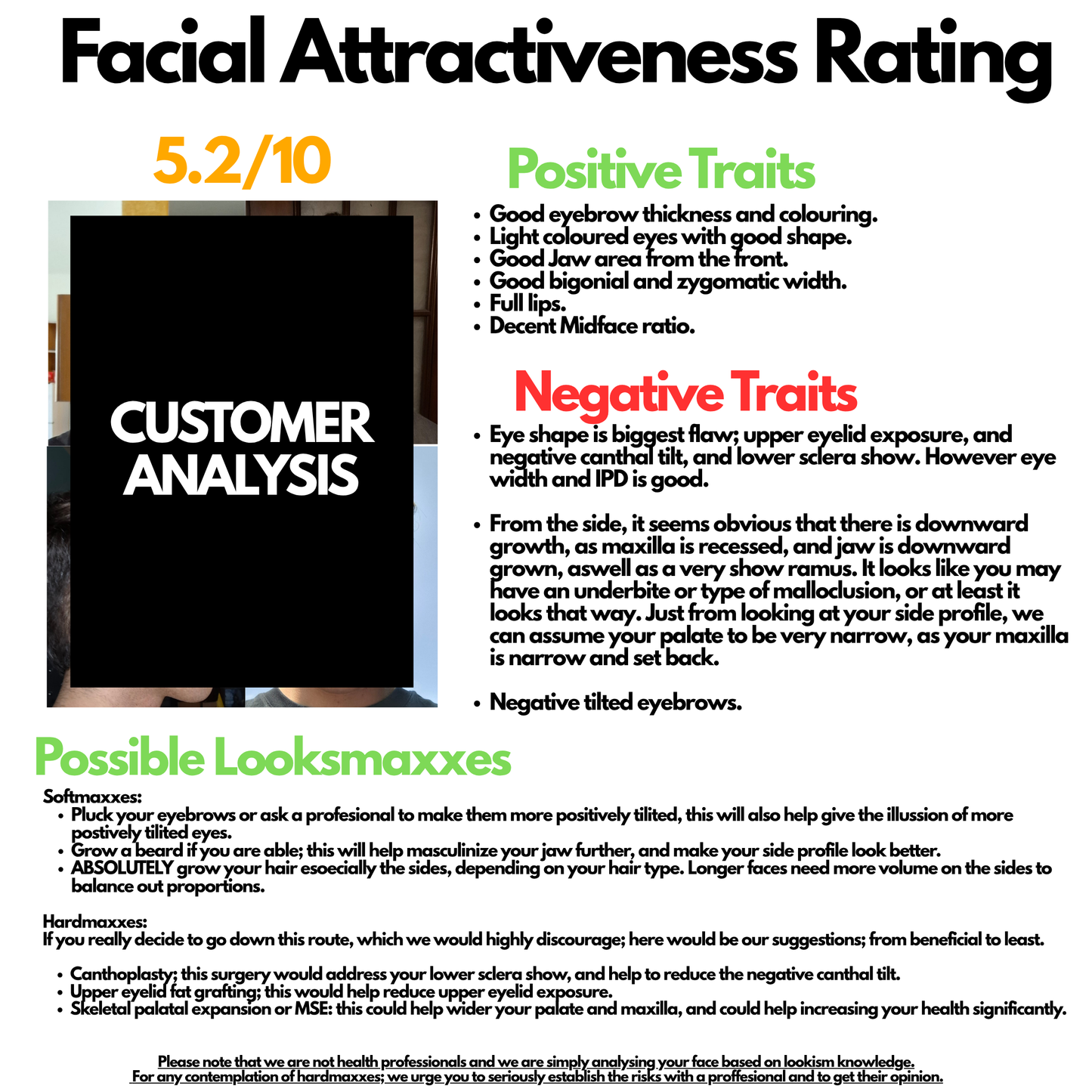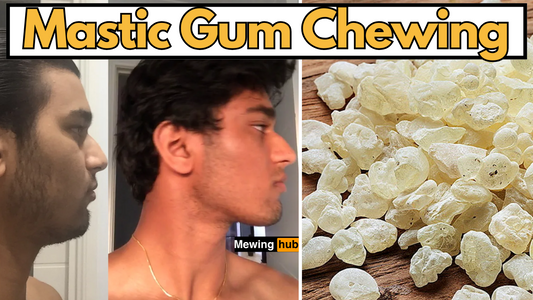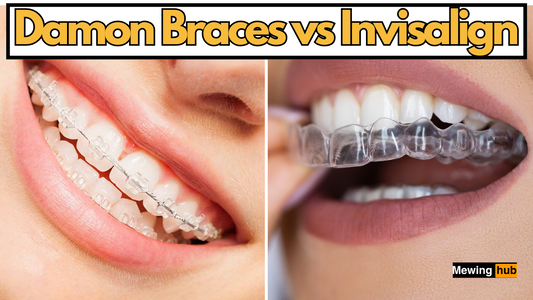Exploring the History of Mewing: From Orthotropics to Modern Facial Enhancement

Share
Unveiling the Genesis of Mewing: Dr. John Mew and Orthotropics

The Birth of Orthotropics
In the annals of orthodontic history, Dr. John Mew stands as a pivotal figure, introducing orthotropics in 1966. Fast forward to the early 2000s, and internet users rebranded the practice of proper tongue posture as "mewing." Dr. John Mew, along with his son, Dr. Mike Mew, actively participates in disseminating knowledge through a dedicated website and YouTube channel, unraveling the intricacies of mewing and orthotropics.
Dr. John Mew: A Pioneer's Legacy
Pioneering Mewing Research
Embarking on mewing research in the 1970s, Dr. John Mew, a distinguished British orthodontist, crafted the seminal work, "The Tropic Premise," focusing on the significance of proper mouth posture. In his 90s, Dr. Mew persists in researching and striving to establish scientific credibility for orthotropics, despite facing professional backlash, including the revocation of his dental license by the General Dental Council.
Mewing Beyond Aesthetics
While Dr. Mike Mew has strategically marketed mewing for facial aesthetics, it's imperative to recognize that the benefits extend far beyond mere appearance. Emphasizing proper tongue and lip posture, mewing proves to be a versatile practice with benefits for diverse purposes, including improved breathing, reduced jaw pain, and enhanced oral health.
Exploring the Realm of Orthotropics: A Holistic Approach to Facial Growth

The Science of Orthotropics
Orthotropics, a term coined by Dr. John Mew, represents a natural approach to orthodontics. Combining "ortho" (straight or correct) and "tropics" (growth), orthotropics delves into the science of influencing facial growth through posture. Despite its alignment with mewing, skepticism within the dental community persists, as it strives to identify and address the root causes of malocclusions, favoring a holistic approach over symptomatic solutions.
Orofacial Myology: A Historical Journey
Orofacial Myology's Early Roots
Dating back to the early 1900s, orofacial myology explores the impact of myofunctional disorders on dental health. Pioneered by orthodontists Drs. Edward Angle and Alfred Rogers, this field observed the direct link between improper oral posture and dental issues. Although the 1970s raised questions about the lack of research in orofacial myology, subsequent evidence solidified its significance.
Myobrace and Modern Applications
In the contemporary landscape, orofacial myology continues to thrive globally. Innovations like the Myobrace, a device aligning with mewing principles, serve as effective treatments for dental issues such as malocclusions.
Despite the indirect research supporting mewing, debates persist on its efficacy in reversing the effects of myofunctional disorders.
The Mews' Enduring Legacy and the Road Ahead
Pioneering the Mewing Movement
Dr. John Mew's groundbreaking work in the 1960s and 1970s laid the foundation for mewing, while Dr. Mike Mew continues to shape its modern understanding. Although mewing initially emerged for functional purposes, its widespread adoption for aesthetic benefits is a testament to its evolving significance.
Unveiling Transformative Narratives
Forums abound with users boasting drastic changes in appearance through mewing, accompanied by scientific evidence substantiating these claims. Yet, the absence of conclusive academic research underscores the unconventional nature of mewing, hindering extensive scientific exploration.
Expanding Mewing into New Areas
Mewing and Breathing Improvement
Proper tongue posture and mewing not only affect facial aesthetics but can also significantly improve breathing. By ensuring that the tongue rests against the roof of the mouth, nasal breathing is encouraged, which can enhance respiratory function and potentially alleviate conditions like sleep apnea.
Mewing and Posture Correction
The benefits of mewing extend beyond the face and jaw. Proper tongue posture can influence overall body posture, aligning the neck and spine correctly. This holistic approach can lead to improved posture, reducing back and neck pain and promoting overall musculoskeletal health.
Conclusion
Mewing, based on Dr. John Mew’s orthotropic principles, challenges traditional orthodontic methods by emphasizing natural growth and proper oral posture. While widely celebrated for its aesthetic benefits, mewing's holistic health improvements are notable, yet it remains under-researched and often viewed skeptically by the mainstream dental community.
The legacy of Dr. Mew and the ongoing advocacy for functional orthodontics highlight the need for further scientific exploration to fully validate and integrate these practices into broader dental care. This calls for a reevaluation of orthodontic standards to potentially embrace non-invasive, growth-manipulating techniques.

